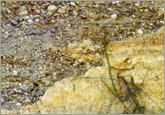
Scientists believe that El Niño events have been occurring for at least 40,000 years. |
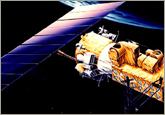
The effects of El Niño have been tracked for thousands of years. However, satellites have greatly improved scientists' understanding of the El Niño phenomenon. |
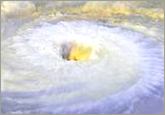
El Niño suppresses hurricanes in the Atlantic Ocean, which are a leading cause of property damage in the Eastern United States. The opposite is true during La Ni�a events. |
| |
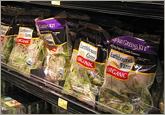
Heavy El Niño rains in February 1998 destroyed the California romaine lettuce crops driving up the cost of salad ingredients. |
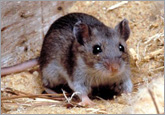
The Centers for Disease Control believes that an El Niño in 1993-94 aided the spread of Hantavirus in the American Southwest. More rainfall triggered the deer mouse population that carry the virus. |
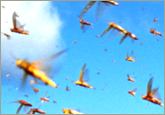
In 1998, a La Ni�a event helped swarms of locusts fly across the Atlantic from Africa to Jamaica and five other Caribbean Islands. |
| |
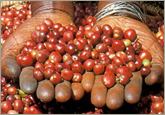
El Niño can cause hardship for some farmers while providing rains and bountiful harvests for others. |
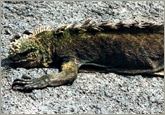
El Niño causes severe drought, warmer ocean waters, and decreased nutrient upwelling off the Gal�pagos Islands. The iguanas that feed on marine algae lose their food source. More than 90% can die of starvation. |
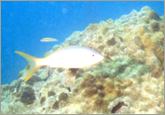
Many scientists suspect that global warming is the main culprit of coral reef death. But El Niño events can drive ocean temperatures even higher and accelerate coral reef loss. |

